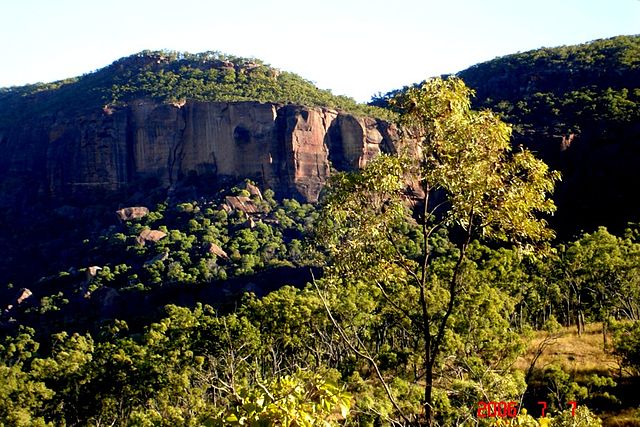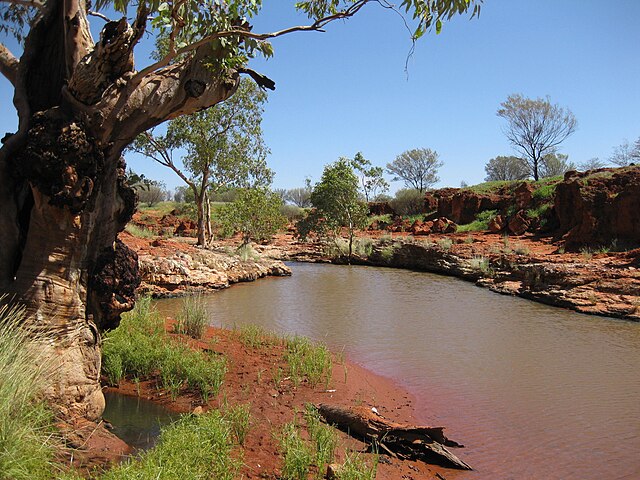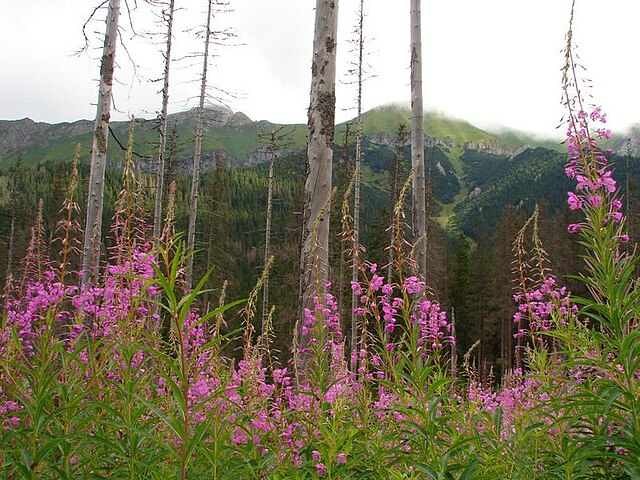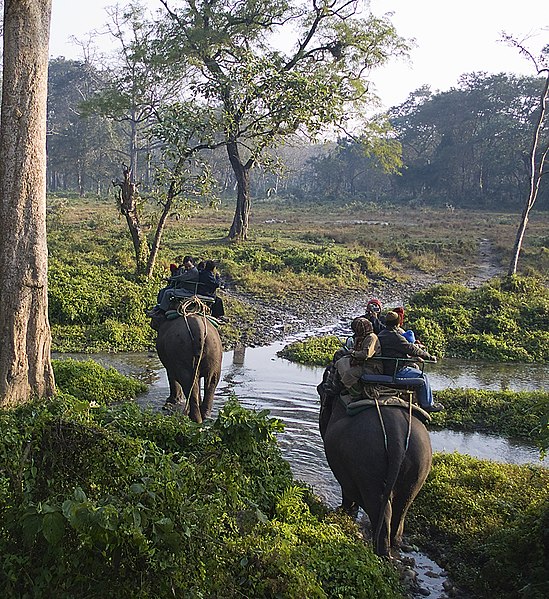Indigenous Protected Area
An Indigenous Protected Area (IPA) is a class of protected area used in Australia; each is formed by voluntary agreement with Indigenous Australians, and declared by Aboriginal Australians and Torres Strait Islander representative organisations. Each is formally recognised by the Australian Government as being part of its National Reserve System. The areas may comprise land and sea, and are managed by Indigenous groups for the conservation of biodiversity. Managing IPAs also helps to protect the cultural values of their country for future generations, and has benefits for Indigenous health, education, economic and social cohesion.
The proposed Ngarrabullgin Indigenous Protected Area
Yaua waterhole after rain, Angas Downs IPA
Protected areas or conservation areas are locations which receive protection because of their recognized natural, ecological or cultural values. Protected areas are those areas in which human presence or the exploitation of natural resources is limited.
Strict nature reserve Belianske Tatras in Slovakia
Black Opal Spring in Yellowstone National Park in the United States. Yellowstone, the world's second official protected area (after Mongolia's Bogd Khan Mountain), was declared a protected area in 1872, and it encompasses areas which are classified as both a National Park (Category II) and a Habitat Management Area (Category IV).
Schweizerischer National Park in the Swiss Alps is a Strict Nature Reserve (Category Ia).
The Jaldapara National Park in West Bengal, India, is a Habitat Management Area (Category IV).






